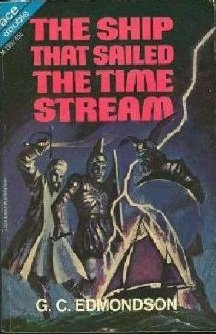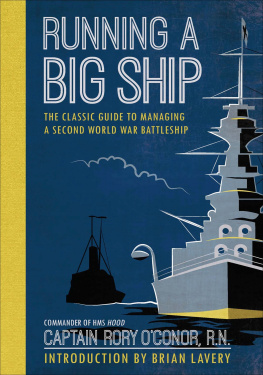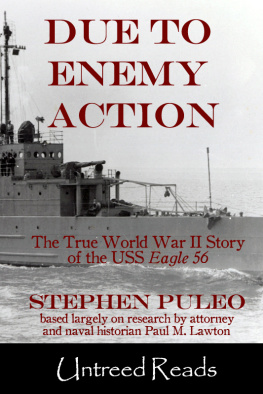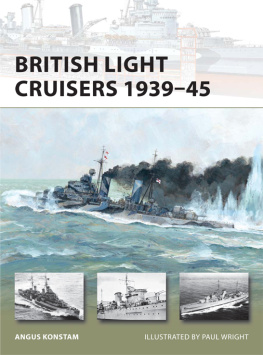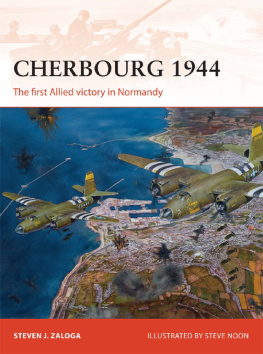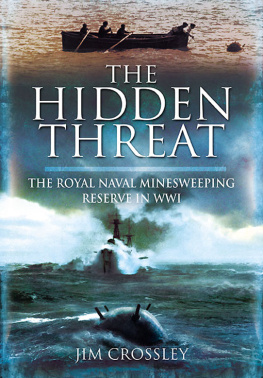Subchaser
SUBCHASER
Edward P. Stafford

BLUEJACKET BOOKS
Naval Institute Press
Annapolis, Maryland
This book has been brought to publication by the generous assistance of Marguerite and Gerry Lenfest.
Naval Institute Press
291 Wood Road
Annapolis, MD 21402
1988 by the United States Naval Institute
All rights reserved. No part of this book may be reproduced or utilized in any form or by any means, electronic or mechanical, including photocopying and recording, or by any information storage and retrieval system, without permission in writing from the publisher.
First Bluejacket Books printing, 2003
Library of Congress Cataloging-in-Publication Data
Subchaser / Edward P. Stafford
p. cm. (Bluejacket books)
Includes bibliographical references and index.
ISBN 978-1-61251-227-3
1.Stafford, Edward Peary 2. World War, 1939-1945Naval operations, American. 3. World War, 19391945Naval operations
Submarine. 4. World War, 19391945CampaignsMediterranean Area. 5. World War, 19391945Personal narratives, American. 6. SailorsUnited StatesBiography. 7. United States. NavyBiography.
I. Title.
88-3521
D773.S78 1988
Some names have been changed to protect the privacy of individuals.
F or all the men who manned the little ships, the SCs, YMSs, and PCs, and in them sailed the hostile seas with skill and courage in their countrys cause, but especially for those, as in SCs 694 and 696, YMS 30, and PC 496, who did not return to those they loved.
CONTENTS
F or all the official sources on which the book is based, war diaries, action reports, and facts and figures not included in my personal journal because unavailable or unknown at the time, I am indebted once again (for the fourth time since 1958) to Dr. Dean C. Allard, Senior Historian and Head, Operational Archives, U.S. Naval Historical Center, Washington, D.C., and to his capable and courteous staff.
Roy J. Washer, Charles D. Casey, Harold Braverman, and Anthony Curato of the 692; Benjamin W. Partridge of the 978; and Prentice C. Home of the 535 have helped significantly with their memories of the people and events of 1943.
I am grateful to my late mother, Marie Peary Stafford, who in a true labor of love personally typed and had bound in legible and preservable form the four ledger books filled with my impossible longhand that composed the original journal, and to my dear wife, Charlene, who performed the same typing chore for the first half of the manuscript, written before I saw the light and went to a word processor. The general quality of the book has been significantly improved by the highly professional editing and perceptive clarifying questions of Marilyn Wilderson of the Naval Institute Press, and she has my sincerest thanks.
Subchaser
L ate 1942 and early 1943 were desperate times for Allied seamen Jin the Atlantic. On any given day more than one hundred U-boats, operating in wolf packs of six to ten, infested the arteries of supply between the Old World and the New. In November they sank 106 ships, in December 46, in January 27, in February 46, and in March 82. In January a convoy with a four-warship escort sailed from Trinidad with nine tankers and arrived at Gibraltar with two. In February an eastbound convoy, even though escorted by two U.S. Coast Guard cutters, a Polish destroyer, and five British and Canadian corvettes, lost seven merchantmen with heavy casualties. In March a westbound convoy with the same escorts plus a United States destroyer lost seven more. In the same month two other convoys lost nine and eleven ships respectively.
Even the weather seemed to be an enemy, with mountainous breaking seas, high winds, bitter cold, snow squalls, and icy rain. From November through March, ninety-two ships were lost to the elements alone, at no cost or risk to the German submariners, who had all they could do to keep the sea themselves. In the savage weather rescue was difficult or impossible, and hundreds of seamen abandoned their burning, sinking ships only to be drowned or frozen before the eyes of their helpless countrymen.
To counter the terrible losses at sea, shipyards, boat yards, and even yacht yards on both sides of the Atlantic in those dark days worked three shifts, seven days a week, turning out both merchantmen to carry the vital cargoes that meant victory or defeat and the armed escorts to guard their passage. But the ships were useless without the crews to man them, and up and down the coasts the training centers were full of earnest young men studying and practicing with an intensity born of the knowledge that learning now could, in only a few weeks, mean not only success against the enemy but personal survival as well.
This is the story of one small ship and her crew of thirty men, a tiny sample, if you like, of the hundreds of ships and thousands of men preparing to take the sea against the killer submarines in those crucial days.
In an era of mass-produced steel hulls, this little ship (110 feet long, with an 18-foot beam and displacing 106 tons) was carefully and lovingly built of seasoned juniper by Yankee shipwrights and craftsmen a few miles north of Boston and south of Gloucester at the Calderwood Yacht Yard, in Manchester, Massachusetts. Her design was tried and true: scores of similar ships had fought the U-boats of the kaiser to make the world safe for democracy just one short generation before. Her lines were clean and salty: a sharp, high bow with an unbroken sweep of deck line sloping to the stern; a pilothouse with a flying bridge atop and a single mast, about a third of her length abaft the bow. A stubby 3-inch gun was mounted forward, two heavy machine guns amidships, and twin depth-charge racks at the stern. There were quarters for her twenty-seven-man crew forward and aft, and for her three officers below the pilothouse. The after-crews quarters doubled as mess hall, with the galley just forward in the same compartment. Below, the three gasoline engines of the previous war had been replaced with twin 500-horsepower diesels, and all the way forward, aft of only the ground tackle, was another improvement over the days of World War I, a double rack of launchers, known as mousetraps, which could hurl eight fast-sinking, contact-firing projectiles two hundred yards ahead to rupture the pressure hulls of her enemies.
A doughty, sturdy little warship, but one without a name. She was just a subchaser and there were too many to name. But as of 25 November 1942 she was a commissioned warship, the tapered commission pennant streaming at her truck, a United States ship entitled to the prefix USS, so her name became what was painted in white letters on her gray bow, SC 692the USS SC 692.
At exactly 0817 on the first day of December, the SC 692 left her builders yard for the first time, for the four-hour voyage to Boston and two weeks of fitting out and taking on ammunition, fuel, stores, and spare parts. Among the other new subchasers undergoing the same process there was one with which she would share many other ports, both near and distant, many voyages, many missions, a handful of major actions, and a score or more of lively skirmishes with the enemythe SC 978, ably commanded by twenty-seven-year-old Lieutenant (junior grade) Ben Partridge.
On the seventeenth, fitting out completed, the 692 began making her way southward toward Miami, where she was scheduled for a period of intensive training to make her ready for operations at sea.
While the 692 was fitting out in Boston, transiting the Cape Cod Canal, standing down Buzzards Bay, and making port in Long Island, Staten Island, Gravesend Bay, Delaware Bay, Norfolk, and Charleston, a thousand officers and men were training hard, ashore and afloat at her destination, the Submarine Chaser Training Center, universally known as SCTC, on Pier Two in Miami.


